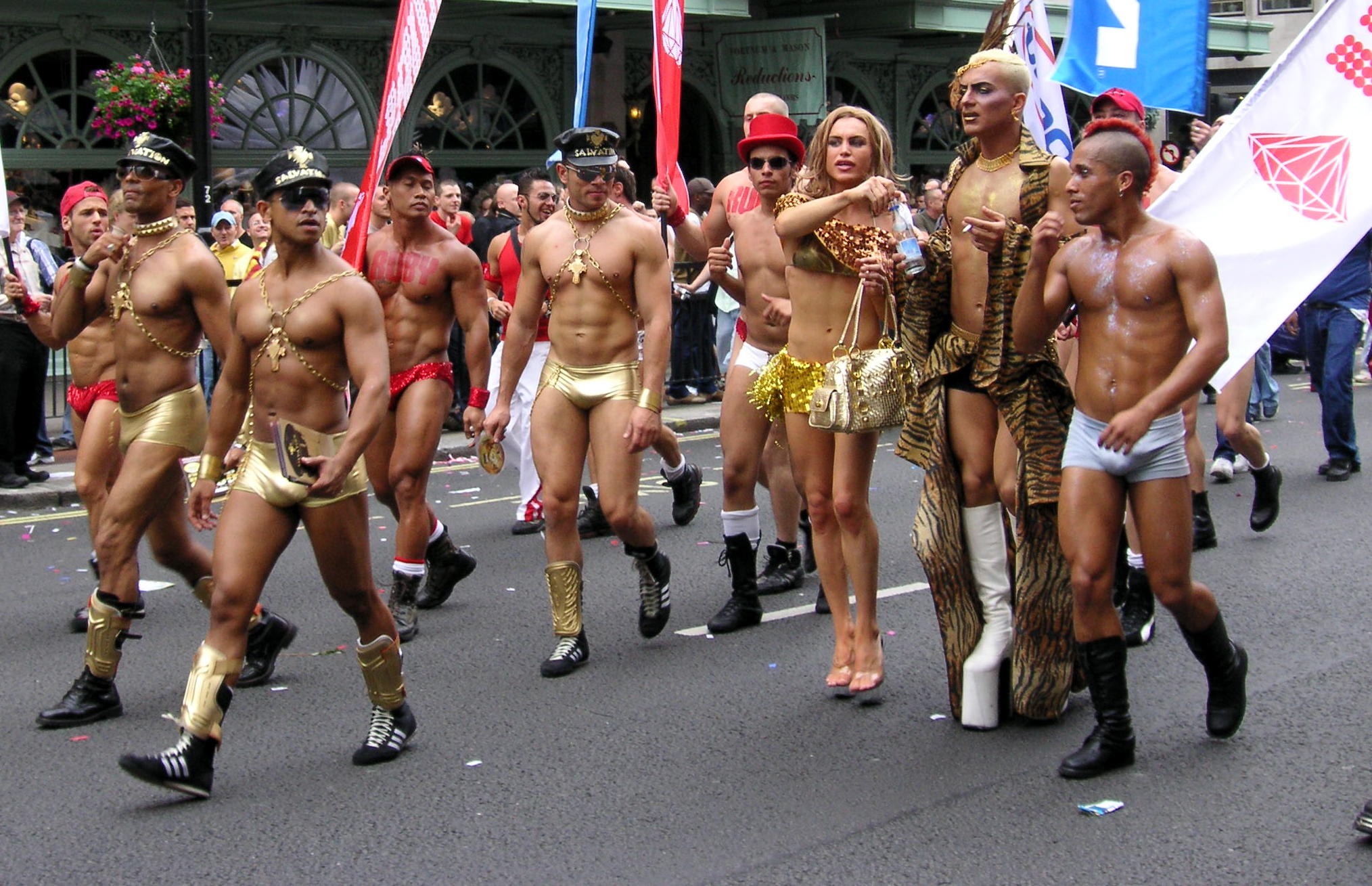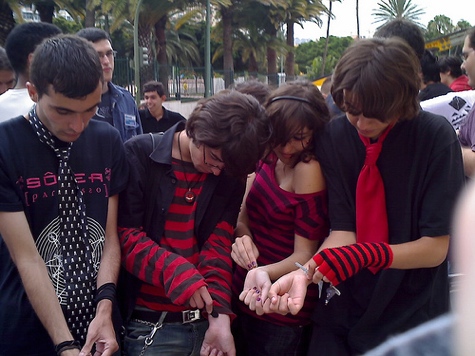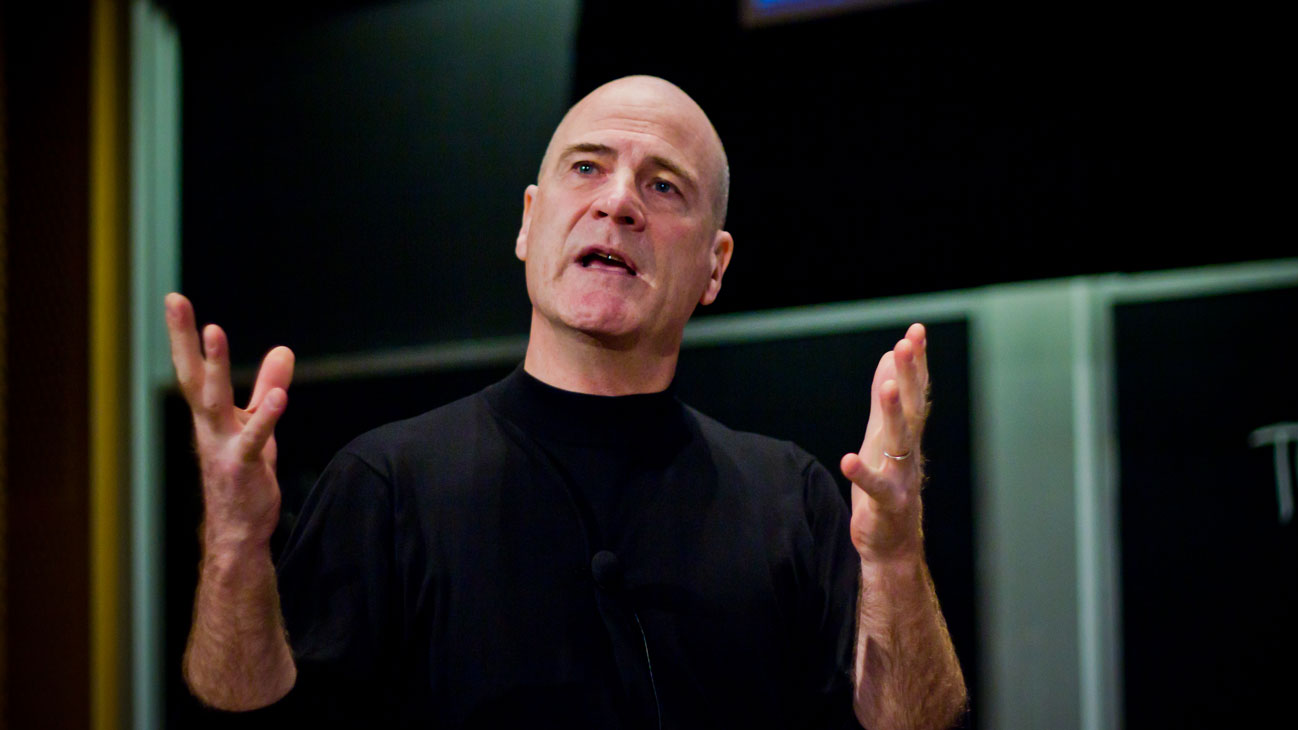Hebdige's Sub Cultures


What are sub cultures?
Sub cultures are when a group of people come together and form an identity because they share similar values/ideas and beliefs.
These groups are united through common values, systems and tastes e.g. (clothes, music, politics etc.) They are positioned outside of the mainstream culture.
They are evident in the music industry as there as sub cultures who listen to particular 'sub culture' genre music.
For example:
-Skinheads


-Nerds

-Bikers

-Hippies

-Greases

-Queers

-Goths

-Emo's

Conformity and Rebellion
They do not like conformity. They like to rebel against common values and systems.
Attitude to capitalism and consumerism
Do not follow capitalism. They have their own set of rules and behaviour conduct. They tend to not be consumerists, however do consume goods that are relevant to their lifestyle.
Tribal/Gang rivalry with other groups in society
Don't like mixing, however traditionally, they have stereotypes where they do not like certain groups of people/races etc.
Traditional ideas or 'Neophyte' (New Ideas)
Have their own traditional beliefs in the way they should live their lives. True followers of sub cultures do not take upon 'neophyte' ideas.
Music Interests
Niche - genre depends on the sub culture group
What did McCraken say?
McCraken stated that the post modern world is full of diversity, dynamism and creativity. If we look at the array of values and ideologies then we can't say all sub cultures come from one culture.


What did Hebdige say?
Even through some people think sub cultures appear to be different, deep down they are the same. 'Sub cultures' are 'Little cultures'; as they are al doing the same thing of resistance.
Consumption is an active process in which different audiences read into the same cultural product. Many groups are involved in protest and resistance against the mainstream.
People can resist mainstream culture and will resist and become a 'sub culture'.
Hebdige's theory suggests that sub cultures, in which people with similar tastes and interests, have different tastes in which due to their social background etc.
'Sub Cultures' and History
Many argue that cultural music tastes depended on the historic time and structure of social, economic and political change.
1950's - rock n rollers, beatniks and Teddy boys

1960's - surfers, rudeboys, mods, hippies and bikers


1960's - surfers, rudeboys, mods, hippies and bikers

1970's - skinheads, soul boys, rastas, glam rockers, funksters and punks


1980's - heavy metal, hip-hop, casual, goth, rave and clubber styles


1990's - noughties and beyond; distinctive blends of fashion and music have become a defining feature of the cultural landscape - depends on 'what's cool and what social group you fit into.


How does the industry now target audiences?
There are two rival views in the relationship between pop music & youth.
1. Pop stars are constructed to appeal to specific markets with specific values.
2. The audience are so unpredictable in their likes and dislikes that record companies can never truly know how to target them.
Dyer's theory can also apply to sub cultures. This makes sub cultures more accepted and normal.
For example: Nirvana

-Care free
-Live to the full
-Take risks
-Resisting against commercialism
The music industry now targets audiences through the use of televised game shows such as; The Voice and X Factor which are competitions where average day people with talent are given the chance to showcase their vocal abilities on stage in front of thousands for a chance to a cash bonus and a recording contract.
This allows the industry to analyse the types of artists audiences tend to conform with. By having this research, industries will now be able to find artists who suit the character the audiences go for, and this will improve the likelihood of the artists being successful.
The audiences play a very important with the music industry. For one, they are the sole reason why artists become mainstream/known or even make any revenue from their music.
The audience determine what artists are relevant by the songs the make and how well they connect with them which is out of the industries control.
This is why the industry now target audiences through the audience's approval which is clearly evident on 'The Voice' or 'X Factor' where the winner is audience based, which is perfect for the music industry but not a full proof.




Current day in relation to Hebdige
Consuming music is a process that differs from person to person which is clearly evident in today's society.
Social background can lead to different readings of the same thing. This is because people are not part of one 'mass culture' so they all like one thing, but for different reasons.
The theory suggests that sub cultures, in which people with similar interests and tastes have a different taste in music due to their social background etc.
This is still true, however it is clearly starting to change.
Current day in relation to Dyer's 'Star Theory'
Stars are represent 'shared cultural values' and attitudes and will promote a certain ideology. Fans who agree that a set of values will support the star. Fans will then imitate stars in an aspirational effort to get 'closer' to the glamorous, fantasy lifestyle they appear to have - this may take the form of 'dressing up', imitating performances, adopting behaviour etc.
Through Dyer was applying this theory to movie stars. It can also be applied to pop stars, who often have far faster rise to stardom by promoting values.
Conclusion
With my music video I am targeting it towards young adults who live average lives. They are not a sub culture due to the fact that they can have similar likes and dislikes thus making them the same. This is because it is proven that the audience play a large part in the success of many of the artists we listen and adore in this day and age.
Through Dyer was applying this theory to movie stars. It can also be applied to pop stars, who often have far faster rise to stardom by promoting values.
Conclusion
With my music video I am targeting it towards young adults who live average lives. They are not a sub culture due to the fact that they can have similar likes and dislikes thus making them the same. This is because it is proven that the audience play a large part in the success of many of the artists we listen and adore in this day and age.
Some really good work here. General discussion on sub-cultures is good along with their morals and values to society. Good examples and groups drawn upon and some further good discussion on how sub-cultures are evident and catered to in our current society.
ReplyDeleteTo improve;
-do you agree with mainstream channels and shows trying to appeal to a sub-culture markets?